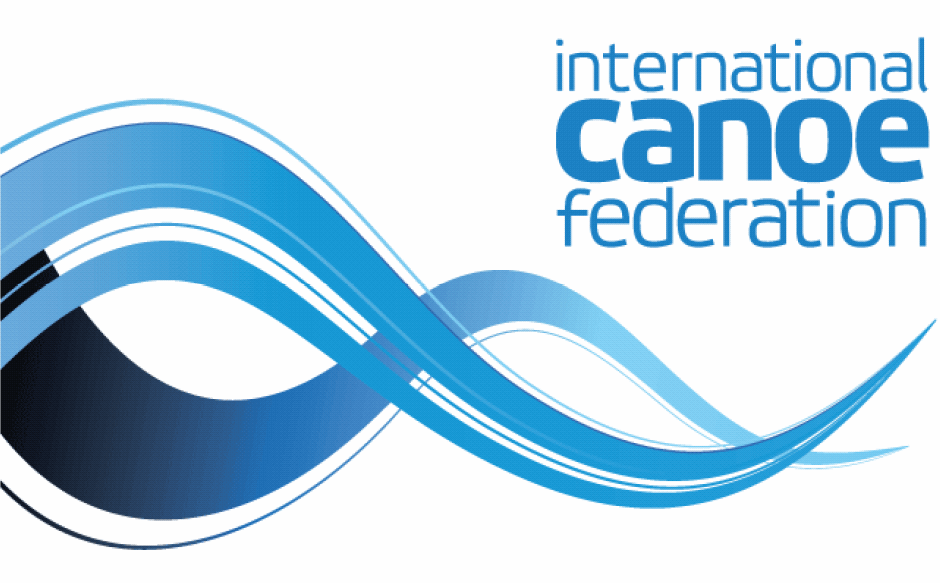KAYAK CROSS
What is Kayak Cross?
Kayak Cross, newly introduced at the Paris 2024 Olympics, has quickly established itself as a sport to pay attention to. The event captured the world’s attention, and New Zealand made history with Finn Butcher winning the very first Olympic gold medal in the sport.
In Kayak Cross, four athletes launch themselves from a ramp over two meters above the water, plunging into the course. The race to the first buoy is intense, with each paddler vying for a strategic advantage. However the competition doesn’t just rely on speed but also demands precise manoeuvring as athletes navigate both downstream and upstream buoys like in Canoe Slalom. Physical contact is allowed, adding an extra layer of excitement and unpredictability to the race.
A unique aspect of the Kayak Cross is the compulsory Eskimo roll—a complete 360-degree flip that athletes must perform within a designated area. This manoeuvre requires skill and timing, and failure to execute it correctly can result in disqualification.
Races typically last around a minute, but time is irrelevant. It’s a battle between athletes, unlike Canoe Slalom, where you race the clock. Tactical decisions, such as course selection and when to make a move, play a crucial role in determining the outcome.
For New Zealand, the Kayak Cross holds particular significance. With Finn Butcher’s gold medal victory at the 2024 Paris Olympics, Luuka Jones' gold medal victory at the 2023 World Cup in Paris, Nick Collier's silver medal in 2023 and George Snooks bronze medal in 2021 at Under 23 World Championships. Our nation has firmly established itself as a force to be reckoned with in this sport and highlights New Zealand athletes' promising future in Kayak Cross.

International Federation

Oceania Canoe Association
National Federation

Canoe Slalom NZ
Vector Wero Waterpark
Great South Road, Manukau
P O Box 305
Tauranga 3140
New Zealand
 Admin Login
Admin Login